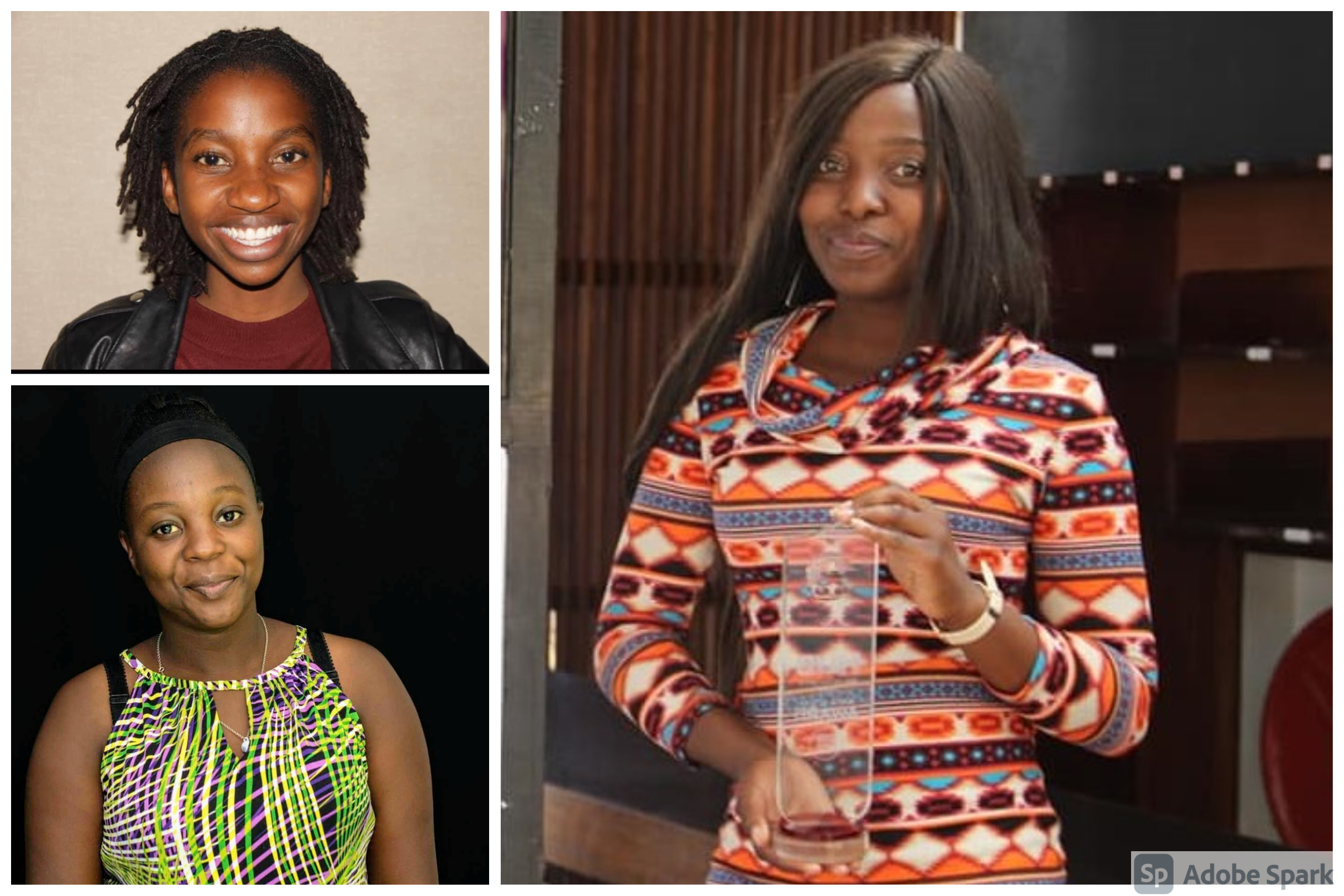Groundbreaking Workshop on AI and Technology-Facilitated Gender-Based Violence at AWiM24
Trending
Monday May 26, 2025
Trending

Three years ago, three university students were at the cusp of their journalism careers, looking forward to starting their journeys in newsrooms in Zimbabwe. However, they met with unforeseen roadblocks.
Nicole Kurebwasweka couldn’t get placement for the industrial attachment unit of her journalism course at the University of Zimbabwe. The production department of the Zimbabwe Broadcasting Corporation turned her down, saying they had a preference for male producers.
“A senior manager told me that the department was reserved for men and advised me to host children’s programmes instead,” Kurebwasweka told AWiM News.
Rose Gwandu, who was also looking for industrial attachment, couldn’t find a newsroom that cared about the issues that affect women. She found that most media houses were male-dominated, favoured hard news and barely paid attention to the gender lens.
Ashley Muremba got an internship at an online website, but she did not fare any better. She felt the internship would not help her with the skills and knowledge she needed to grow as a journalist and build a good foundation for the advancement of her career.
“I was only allowed to write. I couldn’t take photos and shoot video, yet multimedia skills are key in the modern journalism set-up. I decided to quit,” Muremba told AWiM News.
While talking about their frustrations to multimedia journalist Joseph Munda, he advised them to get together and register their own media company. With the help of Munda, and mentorship from their University of Zimbabwe lecturer Dr Wellington Gadzikwa, they registered Women’s Voice Zimbabwe, an online news portal.
If there’s a book that you want to read, but it hasn’t been written yet, then you must write it. – Toni Morrison
With Women’s Voice Zimbabwe, they sought to amplify the voices of women in marginalised and rural communities. These voices, says media monitoring organisation Media Monitors, are missing in Zimbabwe’s news.
Director of Media Monitors Patience Zirima told AWiM News that on average, women made up 20 per cent of sources in COVID-19 stories and 24 per cent in governance and development stories. Coverage was worse for women in rural communities, with only eight per cent of stories on COVID-19 in rural areas having women as their subjects.
“Journalists only covered rural areas in seven per cent of stories; there is a need to widen access to media, especially for women in these areas,” she said.

Now in its third year, Women’s Voice Zimbabwe has covered stories that triggered responses from the authorities and action from private and non-governmental organisations.
The story of a family living in a hen coop in Hopley, a peri-urban settlement, attracted interest from aid organisations, including the Girl Guides Association of Zimbabwe, which donated foodstuff and pledged to construct a modest house for the family. Another story highlighting the dire straits faced by young women and girls in managing menstrual health led to a project to distribute free sanitary towels in the rural and peri-urban areas of Domboshaya, Hopley and Epworth, in partnership with Sanitary Aid Zimbabwe.
The three co-founders highlight issues such as poverty, sexual and reproductive health, and gender-based violence. They also run Media for Girls, a programme that trains women and girls on digital media literacy to increase the digital footprint of marginalised communities in Shamya, Murehwa, Mutoko, Seke, Buhera, Bulawayo, Gweru, Masvingo, Marondera and Harare.
With COVID-19 restrictions, and cognizant that most rural areas have limited internet access, the trio uses WhatsApp to train the women and girls and so far, they have trained 230 women and girls in digital media literacy to help them become citizen journalists who can tell their own stories through blogs and social media.
The trio hasn’t forgotten their struggles with starting out as fresh university graduates. Women’s Voice Zimbabwe Board Member Joseph Munda told AWiM News that when the pandemic began, universities were closed, leaving many student journalists out in the cold and deprived of opportunities in the media sector.
“We decided to mentor media students by teaching them how to leverage online tools to publish and broadcast their content. We are teaching them how to blog, create their own YouTube channels and write for reputable international news agencies. We also share opportunities in the media sector,” said Munda.
The media startup has grown from the initial three co-founders and now has 11 journalists and it hopes to go beyond borders to cover cross-cutting stories that affect rural women, not just in Zimbabwe, but also in other countries.
We’re not gonna spam. We’ll try at least.

Copyright 2020. African Women In Media
Copyright 2020. African Women In Media
Recent Comments